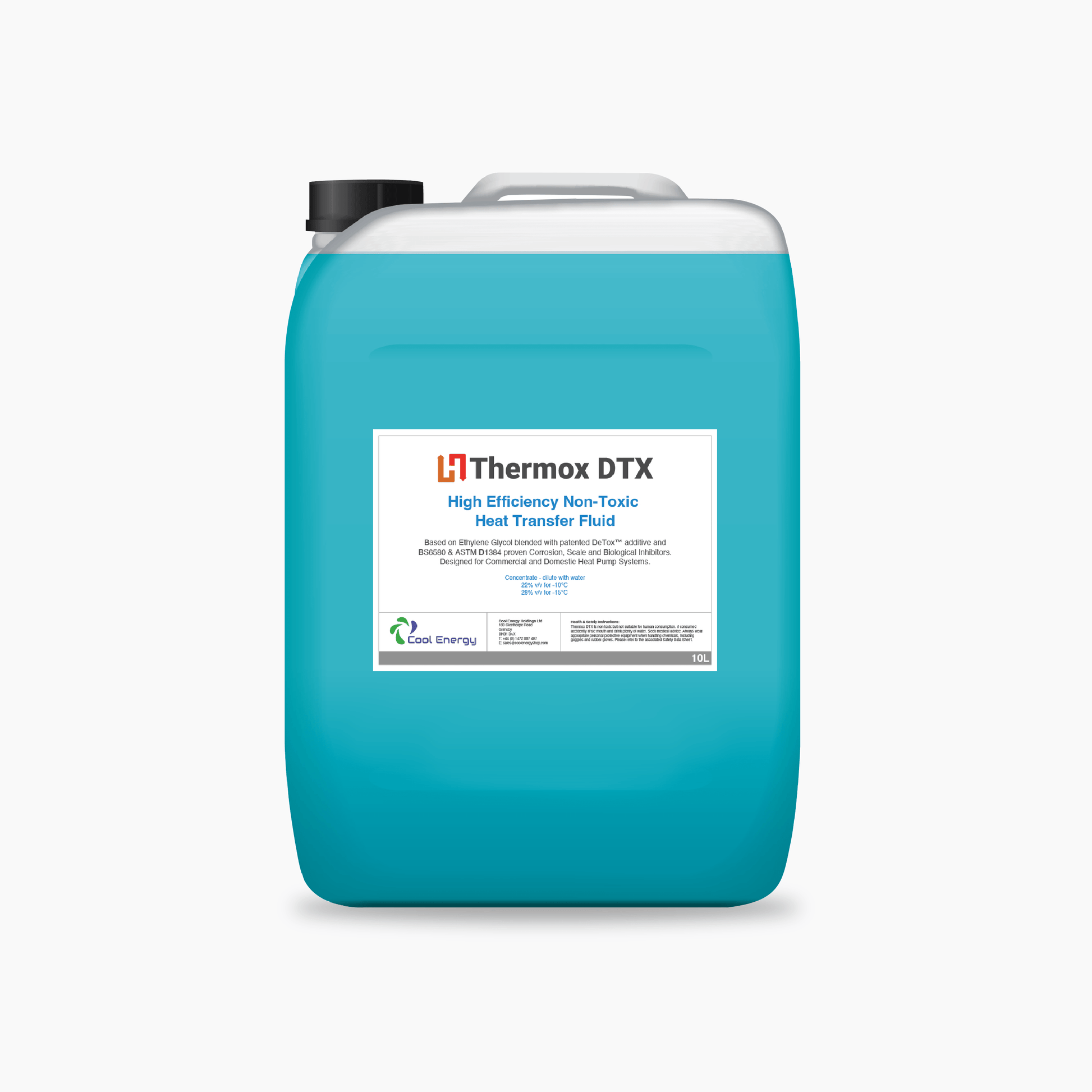Why Normal Maintenance of Heat Transfer Fluid is Vital for System Longevity
Why Normal Maintenance of Heat Transfer Fluid is Vital for System Longevity
Blog Article
Why Warmth Transfer Liquid Is Necessary for Optimizing Power Transfer in Equipment
The function of warmth transfer liquids in maximizing energy transfer is pivotal for achieving reliable thermal management throughout numerous industrial fields. These fluids help with seamless warm exchange, guaranteeing procedures run within ideal temperature level arrays and minimizing the risk of getting too hot. Their option, based upon variables like viscosity and thermal stability, straight affects the performance and sustainability of a system. The ins and outs of picking the ideal fluid are usually taken too lightly. What are the essential considerations for this choice, and exactly how do they affect both financial efficiency and ecological duty in industrial applications?

Role in Thermal Monitoring
Warm transfer fluids play a vital function in thermal management by efficiently managing temperature levels in numerous commercial procedures and systems. These specialized fluids facilitate the transfer of heat in between various parts, guaranteeing ideal operating problems and protecting against getting too hot. By maintaining accurate temperature control, heat transfer fluids make it possible for markets such as chemical production, oil and gas, and power generation to run securely and successfully.
The selection of a suitable heat transfer fluid depends on several aspects, including thermal stability, heat capability, and viscosity. High thermal stability makes sure that the fluid can endure extreme temperatures without weakening, while a high warm ability enables it to soak up and release significant amounts of heat - heat transfer fluid. Low viscosity minimizes the power required for pumping, contributing to general system effectiveness
Moreover, warm transfer liquids are integral in applications like refrigeration, where they help soak up and dissipate warm throughout the cooling cycle. In solar thermal energy systems, these fluids capture and transportation solar warmth to generate electrical power or provide hot water. Their adaptability to diverse operating conditions and capacity to keep consistent thermal efficiency underscore their relevance in commercial thermal management, promoting operational connection and boosting precaution.

Enhancing System Performance
To make the most of the advantages of thermal management, boosting system effectiveness with the tactical use of warm transfer fluids is paramount. By maintaining optimum temperature degrees, heat transfer liquids help guarantee that systems operate within their designed specifications, consequently preventing overheating and lowering the danger of element failing.

Kinds Of Warmth Transfer Fluids
The diversity of warm transfer liquids emphasizes their important role in a variety of industrial applications, each tailored to fulfill particular thermal management requirements. These fluids promote effective energy transfer and are chosen based upon vital homes such as thermal security, thickness, and heat capacity. The main types include water, glycol services, oils, and synthetics, each offering distinctive advantages.
Water is the most common heat transfer medium due to its high specific warmth ability and reduced cost. Mineral oils are preferred for their thermal security and non-corrosive nature, making them suitable for high-temperature applications.

Synthetic fluids, consisting of silicone and fragrant substances, supply extraordinary thermal stability and are used in environments requiring extreme temperature ranges. These click this link fluids guarantee remarkable efficiency in systems where typical fluids may fall short. The selection of a heat transfer fluid is essential, as it affects system performance, safety, and longevity. Each type needs to be selected to line up with the operational demands and the certain conditions of the application it offers.
Environmental and Economic Benefits
Using the best warmth transfer liquids uses substantial environmental and financial advantages for commercial operations. Environmentally friendly heat transfer liquids, typically naturally degradable and safe, lessen the threat of soil and water contamination in the event of leaks or spills, therefore securing environments and conforming with rigid environmental guidelines.
Financially, the right heat transfer fluid can dramatically reduce functional expenses. Fluids with extensive lifecycle performance lower the frequency of replacements and maintenance, reducing downtime and connected costs. In general, the strategic use of optimum heat transfer fluids sustains sustainable economic growth and environmental stewardship.
Selecting the Right Fluid
Exactly how does one browse the complicated procedure of selecting the appropriate warm transfer fluid for commercial applications? Selecting the proper fluid is crucial, as it straight influences system performance, safety, and operational prices. Trick factors to consider include thermal security, compatibility with system products, and operating temperature array. Thermal security guarantees the fluid can stand up to high temperatures without degrading, while compatibility stops rust or various other detrimental responses with system components. The operating temperature array should line up with the system's requirements to preserve efficiency and longevity original site - heat transfer fluid.
Furthermore, the liquid's heat capability and viscosity are vital. A high warmth capability permits the fluid to soak up and transfer more power, boosting effectiveness. Ideal viscosity makes certain very little pump job and effective heat transfer, particularly in varying temperature levels. Environmental and safety aspects need to also become part of the decision-making process. Non-toxic, eco-friendly check my site liquids lower ecological impact and follow regulatory standards, reducing obligation threats.
Final Thought
The strategic option and application of warm transfer liquids are basic to optimizing power transfer across numerous systems. By ensuring high thermal stability and ability, these liquids offer exact temperature level control and enhance overall system efficiency.
Report this page